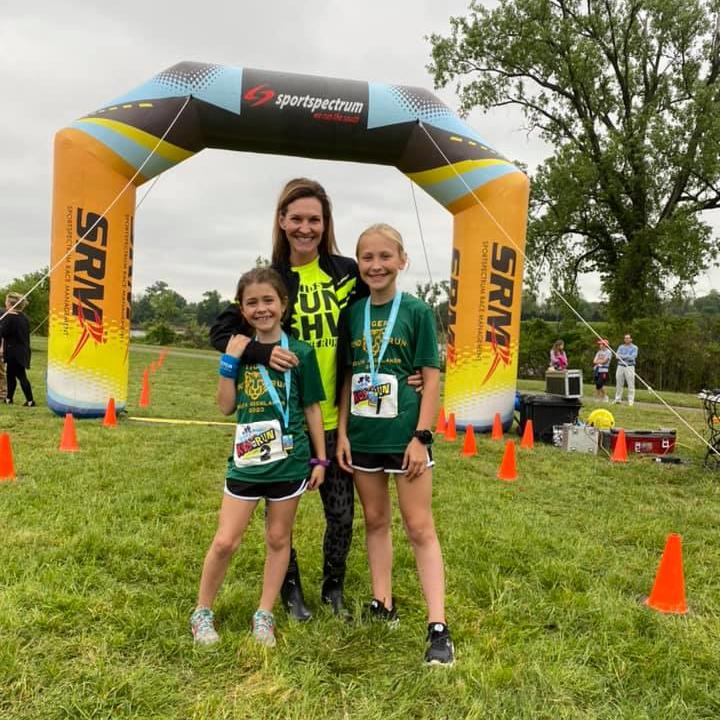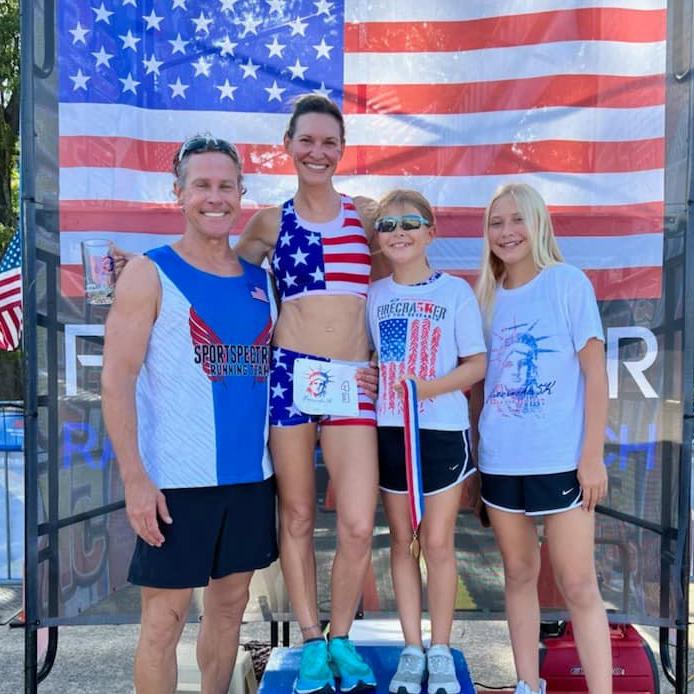Dive into insights from an Adtalem expert on how maintaining motivation in the summer months can build year-round healthy habits, improve mental wellness, and include fun for the whole family.
Dr. Shelley Armstrong, associate dean of health studies at Walden University, brings her extensive expertise in public health to Adtalem Global Education’s Summer Wellness Series. Here, she offers invaluable insights into fitness, family, and improved health outcomes for all ages.
Maintaining Motivation and Consistency
Living in Louisiana, where summers are sweltering and humid, Dr. Armstrong understands the challenges of staying motivated. Although the season has its weather-related challenges, keeping up with healthy habits in the summer can lead to year-round fitness success.
Dr. Armstrong continues: “We have a big group that registers for a 5K and trains together a few times a week. Working in a group adds accountability and friendly competition to help maintain consistency. Find an activity you enjoy and people with whom you can enjoy it.”
There are plenty of summer-specific fitness activities for all ages: brisk walking, running, hiking, kayaking, paddle boarding, rollerblading, volleyball, basketball, pickleball, tennis, yoga, Pilates, and strength training.
Connecting Physical and Mental Wellbeing
Throughout her career, Dr. Armstrong has seen the interconnectivity between physical and mental health. She believes people who exercise regularly tend to do so because it gives them a sense of well-being.
“Exercise is a powerful solution for many common mental health challenges,” says Dr. Armstrong. “Physiologically, it sparks connections and growth among the brain’s cell networks, increases blood volume, regulates fuel, and encourages neural activity, causing a profoundly positive impact on depression, anxiety, and ADHD. Exercise also relieves stress, improves memory and sleep, and boosts mood.”
Including the Whole Family
For busy families, integrating fitness into daily routines is crucial. Taking inventory of daily schedules to identify time for fitness activities can make a big difference.
The entire family should be engaged in creating a family fitness plan to identify fun activities for everyone. Many gyms offer “kid fit” classes so the kids can attend a fitness class while the parents work out or attend their own class.
“My children participate in after-school sports, so my husband and I trade off running around their soccer or softball complexes while the other is home cooking dinner. When they don’t have a structured activity, we enjoy walking our dog together or playing blitz ball in the front yard. It’s a great time to connect socially while engaging in physical activity.”
Motivating the Next Generation
Inspiring youth and family fitness is a passion for Dr. Armstrong.
Early in her career, Dr. Armstrong realized the importance of instilling healthy habits in children. When she taught an undergraduate fitness and wellness course, she noticed that most of the 18–22-year-olds were overweight, out of shape, or hated running as children. As young adults, their behavior patterns can be even more difficult to change.
The answer for Dr. Armstrong was to start positive reinforcement with children much earlier.
“I made it my mission to start impacting children at a young age and encourage parents to think about health and fitness as a family affair,” she says. “We can eliminate many of our kids’ physical, social, emotional, and even academic challenges by keeping our kids fit.”
She founded two programs—Kids on the Run and YOUth FIT—to get kids involved in and excited about running. “The programs have truly changed the culture of youth fitness in my region simply by teaching children that running is a fun, healthy, and socially exciting way to exercise.”
The Simplicity of Running
Running plays a central role in Dr. Armstrong’s fitness routine due to its convenience and simplicity and doing strength and flexibility exercises are equally important to offset overuse injuries. She typically runs three days a week, lifts weights one to two days, and includes yoga or Pilates sessions for core, stability, and stretching.
“Being a good fitness role model to my daughters is important, and they are proud that their mom is exercising just as they are.”
Dr. Armstrong has several tips for improving running performance:
- Follow the 10% progression rule. If you are newer to running, only increase your distance by 10% each week to avoid injury.
- Be consistent. That doesn’t mean running every day, but it means always finding a few days a week you will consistently go week after week, year after year.
- Add variance to the types of running. You see significant improvements when you are forced to run at quicker paces and are challenged through various workouts, such as hill repeats, short intervals, or lactate threshold sessions.
- Find a coach or group to train with. You will run longer or faster with others than you will by yourself, which will ultimately improve performance.
For more information on our Summer Wellness Series, email the Adtalem Global Communications Team: adtalemmedia@adtalem.com.





